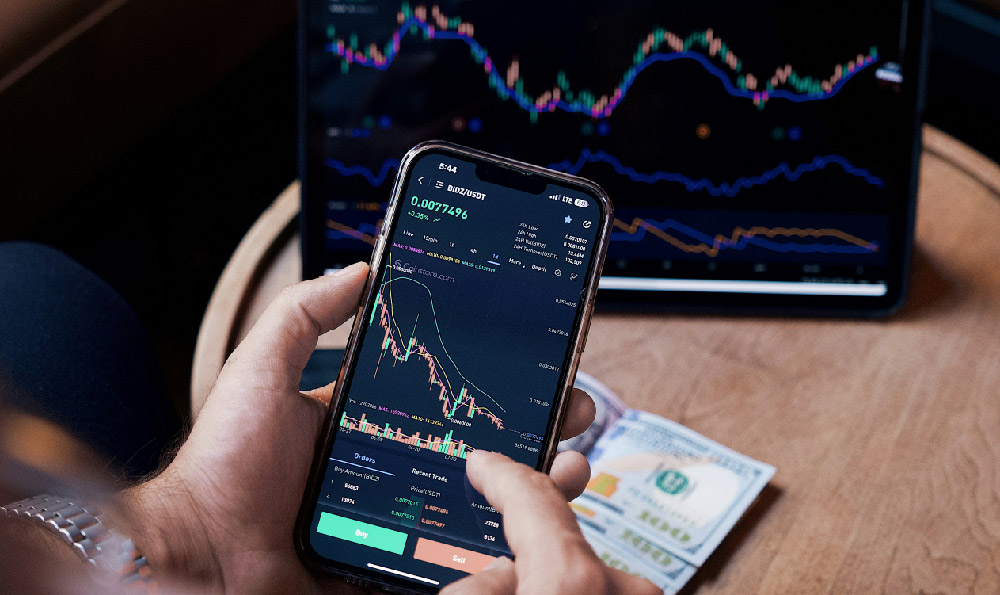Okay, I understand. Here's an article addressing the question of how Chime generates revenue and its profit sources, written in a style that's informative, detailed, and avoids formulaic structuring:
How Does Chime Generate Revenue? And What Are Its Profit Sources?
Chime, often lauded as a pioneer in the fintech landscape, has disrupted traditional banking with its mobile-first approach and fee-free philosophy. While its user-friendly interface and absence of many common bank fees attract millions, the question inevitably arises: how does Chime, a company that doesn't charge overdraft, monthly maintenance, or foreign transaction fees, actually make money and achieve profitability? The answer lies in a multifaceted strategy that leverages interchange fees, partnership programs, and strategically deployed data analytics.

The cornerstone of Chime's revenue generation is the interchange fee system. Every time a Chime member uses their Chime Visa debit card to make a purchase, Visa collects a small percentage of the transaction from the merchant's bank. This percentage, known as the interchange fee, is then shared between Visa and Chime. It's important to understand that this fee is paid by the merchant, not the consumer, and is a standard practice across the entire debit and credit card industry. Chime's large and active user base translates into a significant volume of transactions, collectively generating substantial revenue through these seemingly small interchange fees. The more its members use their Chime cards for everyday purchases, the more revenue Chime earns. This is the primary engine driving Chime's financial model.
Beyond interchange fees, Chime has strategically forged partnerships that contribute to its revenue streams. A crucial example is its collaboration with partner banks. Chime itself isn’t a bank; instead, it partners with established banking institutions that hold the FDIC-insured accounts for Chime members. These partnerships are mutually beneficial. The partner bank gains access to a large pool of potential customers without the high marketing and customer acquisition costs associated with building a similar digital platform from scratch. In return, Chime receives a portion of the interest income generated from the funds held in these accounts. This revenue share agreement provides a stable and reliable source of income for Chime, further bolstering its financial stability. Details of these agreements are proprietary, but it's understood that the revenue sharing represents a meaningful contribution.
Another area where Chime subtly generates value is through the strategic application of data. While Chime strongly emphasizes its commitment to user privacy and claims not to sell user data to third parties for advertising purposes, it undoubtedly leverages aggregated, anonymized data to improve its products and services, optimize its marketing efforts, and refine its risk management models. For instance, understanding spending patterns helps Chime tailor its features and offerings to better meet the needs of its members, thereby increasing user engagement and, consequently, transaction volume, ultimately driving more interchange revenue. Furthermore, analyzing transaction data helps Chime identify and mitigate fraudulent activities more effectively, reducing losses and protecting both the company and its members. This proactive risk management translates into cost savings and enhanced operational efficiency.
The absence of physical branches is also a major factor contributing to Chime's profitability. Traditional banks incur significant costs associated with maintaining a network of branches, including rent, utilities, staffing, and security. Chime's digital-only model eliminates these expenses, allowing it to offer its services at a lower cost and invest more resources in technology, product development, and customer support. This streamlined operational structure contributes directly to Chime's bottom line, enhancing its ability to compete effectively in the financial services market.
It's also worth noting that Chime benefits from a network effect. As more people join Chime, the platform becomes more valuable to existing members. Word-of-mouth referrals and positive online reviews contribute to organic growth, reducing the need for expensive advertising campaigns. This organic growth fuels transaction volume and, consequently, interchange revenue, creating a virtuous cycle of expansion and profitability.
Finally, Chime has been exploring other potential revenue streams, such as premium features or value-added services. While its core offering remains free, the company could potentially introduce optional add-ons for a fee, such as enhanced customer support or advanced financial planning tools. This diversification of revenue sources could further strengthen Chime's long-term financial sustainability and reduce its reliance on interchange fees alone. However, it is crucial that any such moves are carefully considered to avoid alienating its core user base who value the fee-free nature of the service.
In conclusion, Chime's revenue model is not about charging individual fees for services. Instead, it hinges on a high-volume, low-margin strategy powered by interchange fees, strategic partnerships, and data-driven insights. The company's digital-only approach, coupled with organic growth driven by a strong network effect, enables it to operate efficiently and compete effectively in the rapidly evolving fintech landscape. While challenges undoubtedly lie ahead, including increasing competition and evolving regulatory scrutiny, Chime's innovative approach to banking has positioned it as a significant player in the financial services industry, and its profitability is a testament to the viability of its unique business model. The ability to generate revenue without relying on traditional banking fees demonstrates a fundamental shift in how financial services can be delivered and consumed.












